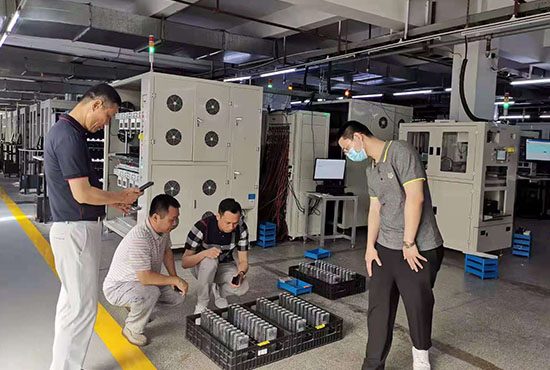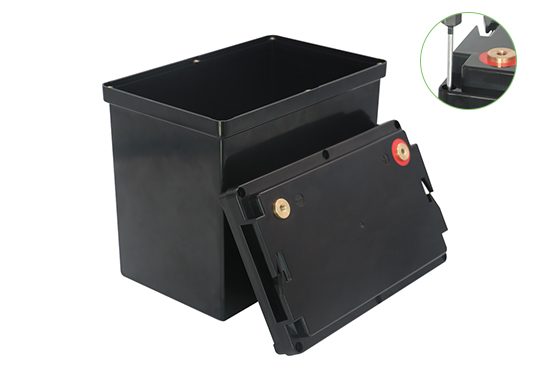| Anode Materials | Lithium titanate | LiNixCoyMn1-x-y02 | LiCoO2 | Lithium manganate | LiFePO4 |
| (NCM) |
| Nominal voltage | 1.5V | 3.6V | 3.7V | 3.8V | 3.2V |
| Energy Ratio | 45-55wh/kg | 170wh/kg | 150-160wh/kg | 100wh/kg | 100-140wh/kg |
| Cycle life/time | >9000 | >1000 | >300 | >500 | >2000 |
| Security | Excellent | better | Poor | Good | Excellent |
| Operating temperature range | -30-60℃ | -20-55℃ | -20-55℃ | -20-55℃ | -20-70℃ |
| Multiplier discharge performance | ≤10C | ≤5C | ≤100C | ≤10C | ≤10C |
| Energy application ratio | 90-95% | 60-70% | 95-98%(Application in 3C products) | 90-95% | 90-95% |
| Advantages | Good cycling performance, high stability, can be quickly charged | Good high temperature stability, good resistance to dielectric corrosion | Good overall electrical performance and high gram capacity | Abundant manganese resources, easy to prepare, good safety | High stability, safety and reliability, good cycling performance, excellent high temperature performance, low temperature -20℃ can work normally. |
| Disadvantages | Low discharge voltage plateau, low energy density, expensive | Material lattice distortion has occurred during charging and discharging, poor cycle performance | Poor security and high cost | Low material resistance to solubility, deep charging and discharging has occurred lattice distortion, resulting in rapid failure of battery capacity | General electrical conductivity, low vibrancy density |
| Comprehensive price/performance ratio | Low | General | General | Low | High |
 Menu
Menu



